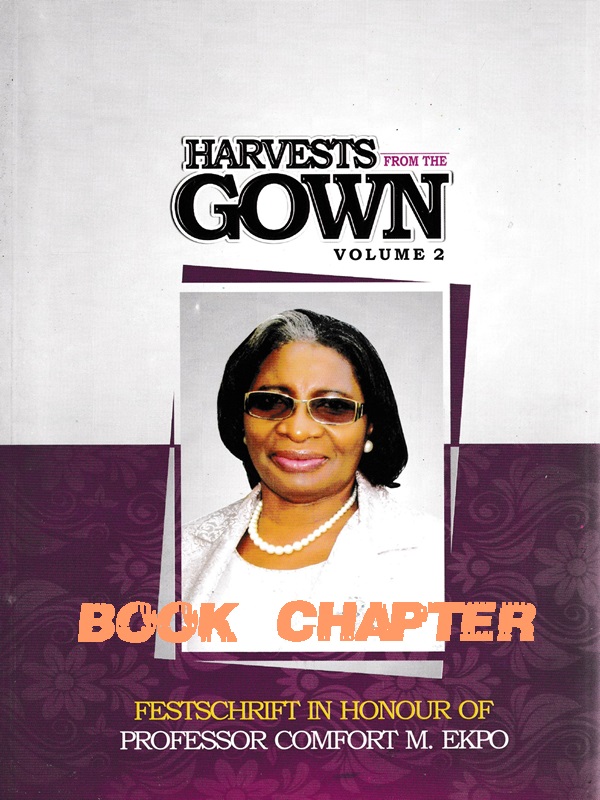From Mules to Men with Eyes: A Chronotopic Appraisal of Zora Neale Hurston’s Mules and Men and their Eyes Were Watching God by David Akpan
$1.50
ABSTRACT
This paper uses Mikhail Bakhtin’schronotope to examine the African-Americans lives and conditions of living in America from the inception of the heinous trade (slavery) to its emancipation proclamation and thereafter. Chronotope is a literary adhesive that binds events in space/ time together. Hurston’s re—invention of the African folklores in Mules and Men is achieved with the fluid of chronotope that anthropologically evaluates the African slaves‘ folk culture and their relationship with the white society. Their Eyes were Watching God assesses the kaleidoscopic nature of the African-America: transformation in the New World. In Mules and Men, Hurston traces the history of slavery with folktales, while in Their Eyes were Watching God, she accomplishes it with the heroines de-culturalization of the consciousness of the past and aesthetic repossession of African values. In the adventuristic life of the African-American in the New World, it reveals that each adventuristic stride by an individual is a process of transformation in the chronotopic time and space. Chronotopes, however, enable us to establish the image of man in the movements of adventure time. The African-American in his/ her transformation into a “mule” acquires sufficient knowledge of the American society and developes elements of his/ her oral tradition as a resistance stratagem to accomplish his/ her political will. The African—Arnericans’ adventure of everyday life chronotopes transform and reposition these undignified human chattels from the position of “mules ” to men/ women with creative imagination—“eges”.
Key words: Chronotope, slavery, transformation, adventure and mules.
Prof Comfort Ekpo
Questions and Answers
You are not logged in
